EXTREMISM is a political phenomenon and extremists have political ambitions and objectives, but they use religion to gain legitimacy in the eyes of the masses. This is the central argument of Ram Puniyani’s book Deconstructing Terrorist Violence: Faith as a Mask that provides a brief account of the deconstruction of terrorist violence.
Most academics appear convinced that politics triggers and transforms certain tendencies of extremism, but how one interprets this process changes the whole perspective. Puniyani is a communal harmony activist in India. The challenge of social harmony facing Indian society needs an interpretation of terrorism and extremism, which should not only provide the basic knowledge about the phenomenon but also pave the way for constructing a healthy relationship among different communities. Apparently Puniyani had both purposes in mind while writing this book — that it can serve as a manual for the activists working for communal and social harmony. The book is also useful for common readers who are interested in alternative viewpoints in global and regional political perspectives. He has tried to cover important aspects of terrorism from definition to its root causes.
The book is divided into four parts and eight chapters. The first part deals with contemporary global perspectives on terrorism and the fourth part is an extension of this part where the author expands his views to cultural and civilisational domains. The second part focuses on Indian terrorism perspectives and discusses theoretical and philosophical aspects of the contemporary issues. The third part is exclusively focused on Al Qaeda and the Mumbai terror attacks. Primarily, he sees a design behind the current wave of terrorism and concludes that a global capitalist establishment is using violence for their gains and to keep the existing hegemony intact.
Though this is not a new perspective — as most of the left-wing intellectuals have the same perception — Puniyani has a firm belief that the ‘war on terror’ is a euphemism for the United States to take political and military control of different areas of the world and hunt for oil. He thinks that religion is a tool in the hands of the puppets of imperialist powers: “Terrorism is a phenomenon which has come up in the guise of religion. It has nothing to do with religion. At the global level, it is the U.S. lust for oil...”, he notes. He quotes left-wing activists and scholars to prove his claim that the US had planned military action against Afghanistan months before 9/11 and that Iraq was the apparent next target. He also quotes Henry Kissinger to strengthen his claim: “Oil is much too important a commodity to be left in the hands of the Arabs”.
He does not only discuss current political discourse, but expands his focus to the history of troubled nations facing extremism and other conflicts. Puniyani argues that the root causes of conflict in the Muslim world can be traced back to their colonial history, when colonial masters kept feudalism intact to govern the masses and never prioritised the development of social structures.
The central parts of the book provide insight into the problem of terrorism facing India. The author sees Hindutva political motives behind the terrorist violence in the country. He provides a chronology of the terrorist attacks managed by the Sangh Parivar groups since 2008 and points towards a gradual rise in their terrorist activities. He argues that “the acts of terror done by those owing allegiance to the notion of Hindu rashtra are rooted in the politics of the Hindutva and Brahmanical streams of Hinduism”. He sees Muslims as victims of Hindutva politics and quotes police officials as saying that “sometimes, even the possession of Urdu literature is taken as a proof of a terrorist link”.
Based on his analysis of the strategies and tactics employed in terrorist attacks in India, Puniyani concludes that the pattern of blasts in India was so diverse that a single description of these blasts is out of the question. He gives the example of police officer, Hemant Karkare, who was investigating the acts of terror in which the involvement of Hindutva groups was beginning to surface, and was killed during the 26/11 Mumbai attacks. Puniyani sees a plot behind his killing and argues that a Hindutva group used the Mumbai terrorist attacks as an opportunity and killed Karkare to divert the attention of law- enforcement agencies. In this context, he cites references from two books on the subject by former IGP Maharashtra S.M. Mushrif. These books raise many questions on poor investigations of the Mumbai terror attacks.
Readers may also find interesting the chapter which deals with the evolution of the Hindutva movement in India. The author clearly sees a difference between Hindu, Hinduism and Hindutva, and contrary to common belief, claims that the terms Hindu and Hinduism originated at different points.
He says, “The construction of Hindutva is to be seen in the backdrop of the emergence of Hinduism as a homogenous religion. The concept of Brahmanical Hinduism, projected as Hinduism, was at the root of multiple religious revivalist movements.” He mentions references from anthropologists and historians to establish his point of view and denies that Hinduism is a religion. He believes that Hinduism and Brahmanism are two sides of the same coin and that the Hindu communities settled abroad look for a comprehensive religion like Christianity. “This is to overcome the sense of inferiority and cultural insecurity, which they experience in their life,” he argues.
Puniyani does not distinguish between Islamist and Hindutva terrorism, and believes that both are politically motivated. He suggests justice and economic development of all communities as the solution for peaceful coexistence.
The reviewer is a security analyst.
Deconstructing Terrorist Violence: Faith as a Mask
(TERRORISM)
By Ram Puniyani
SAGE, India
ISBN 978-9351500643
212pp.







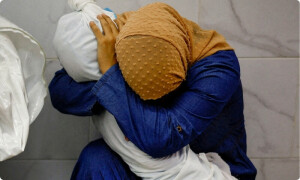
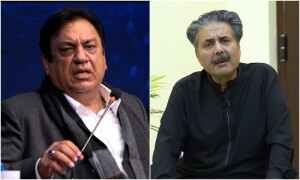










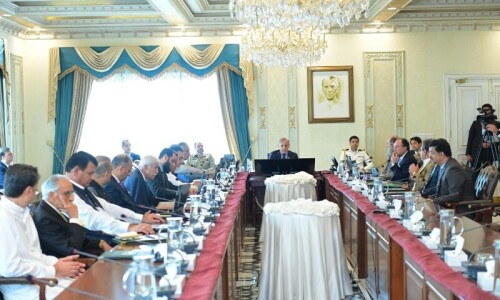

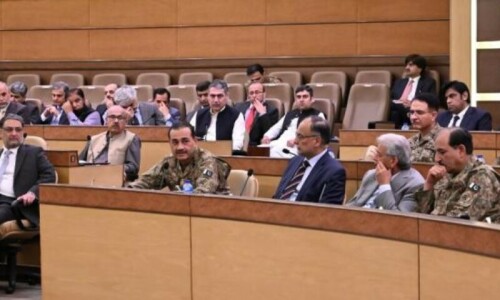
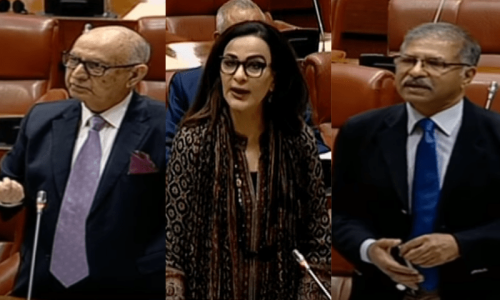















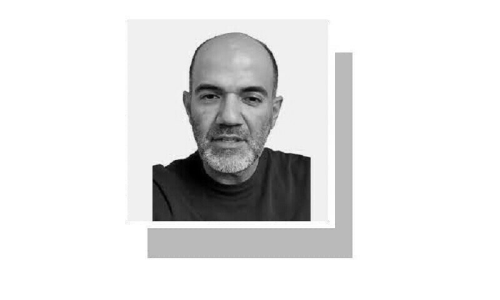
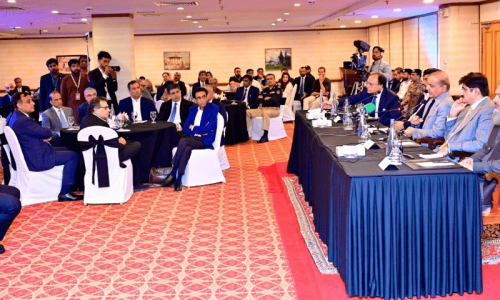
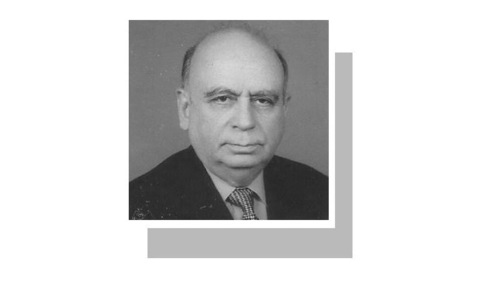
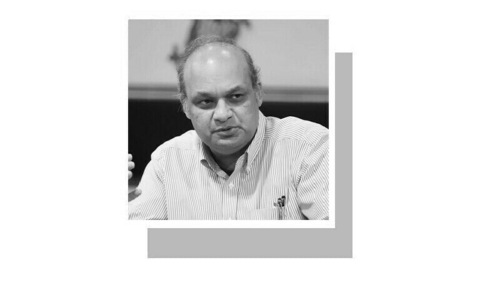

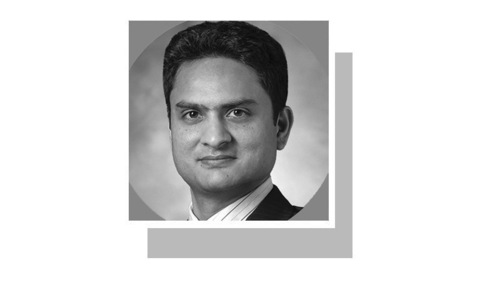




Dear visitor, the comments section is undergoing an overhaul and will return soon.